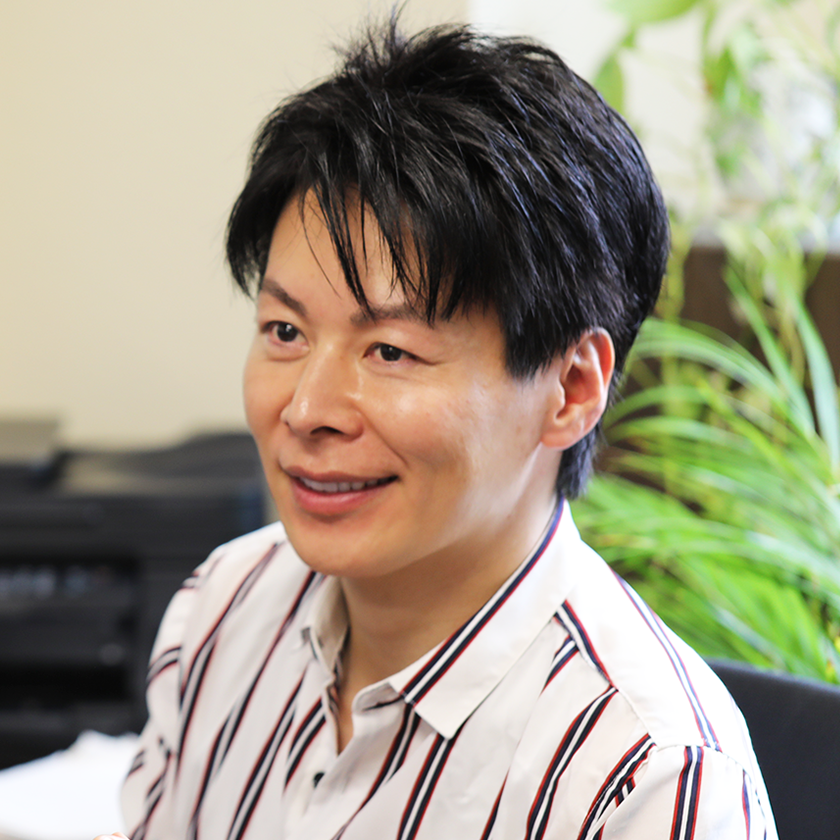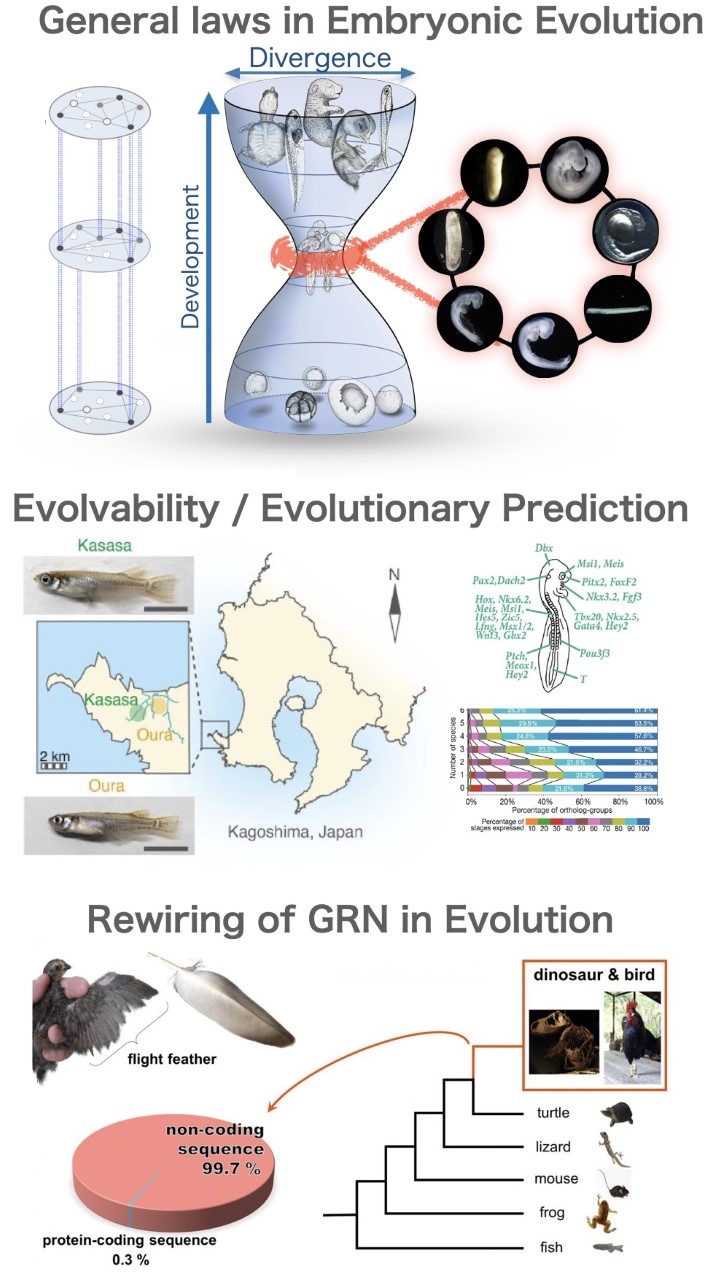Professor Naoki Irie
Evolutionary Developmental Biology

Naoki Irie
Professor
| Research Area | Evolutionary Developmental Biology |
|---|---|
| Lab Website | |
| Google Scholar | |
| ResearchMap | |
| Interview |

What are the chances that our, human descendants will evolve into a species that looks like an asura statue with many hands and multiple faces? The shape of the animal body plan is determined during the developmental process which (in most cases) starts from a fertilized egg. Then, which part of the developmental process should be changed that will eventually lead to dramatic evolution? Unfortunately, modern biology has done little to answer the question like this, which deals with the prediction of the evolutionary outcome of phenotypes. In our laboratory, we tackle these questions such as evolvability and evolutionary prediction, mainly in animals. We avoid being bounded by specific methodologies, but work together in a question-oriented way. Being said, we utilize molecular biological experiments, embryological experiments, genome sequencing, multi-omics analysis, single cell level RNAseq, machine learning, and theoretical research through collaboration, etc. Research topics can be developed based on ideas and/or plans proposed by graduate students. In fact, I did so myself and started a research project that led to my current research theme. We place great importance on having our graduate students and post-doctoral fellows grow as independent and leading scientists. You only live once, why not take on the challenge of expanding the wisdom of humanity?
Selected Publications, Books etc.
- 1.Li Y., et al. (2020) Genomic insights of body plan transitions from bilateral to pentameric symmetry in Echinoderms. Communications Biology 3:371 (2020).
- 2.Hu H., et al. (2017) Constrained vertebrate evolution by pleiotropic genes. Nature Ecology and Evolution 1:1722–1730. doi:10.1038/s41559-017-0318-0
- 3.Seki R., et al. (2017) Functional roles of Aves class-specific cis-regulatory elements on macroevolution of bird-specific features. Nature Communications 8:14229. 10.1038/ncomms14229
- 4.Green R., et al. (2014) Three crocodilian genomes reveal ancestral patterns of evolution among archosaurs. Science 346:1254449. doi:10.1126/science.1254449
- 5.Wang Z., et al. (2013) The draft genomes of soft-shell turtle and green sea turtle yield insights into the development and evolution of the turtle-specific body plan. Nature Genetics 45:701-706. doi:10.1038/ng.2615
- 6.Naoki N. and Kuratani S. (2011) Comparative transcriptome analysis reveals vertebrate phylotypic period during organogenesis. Nature Communications 2:248. doi:10.1038/ncomms1248

